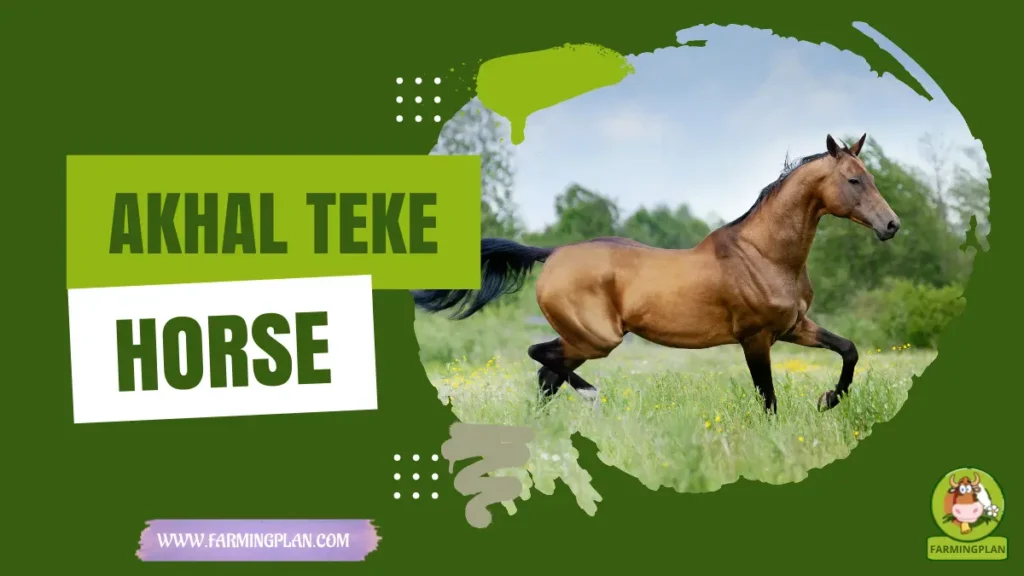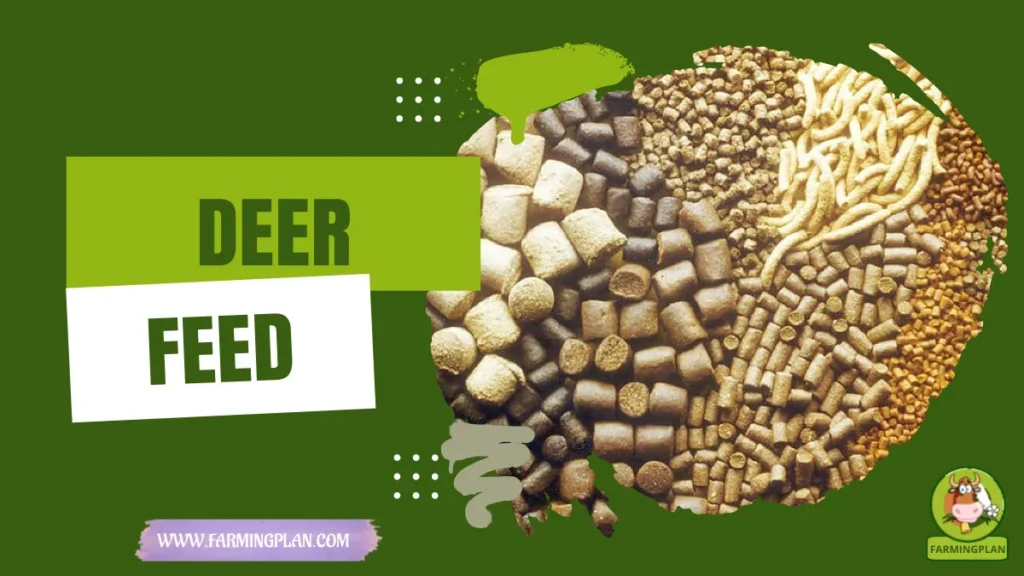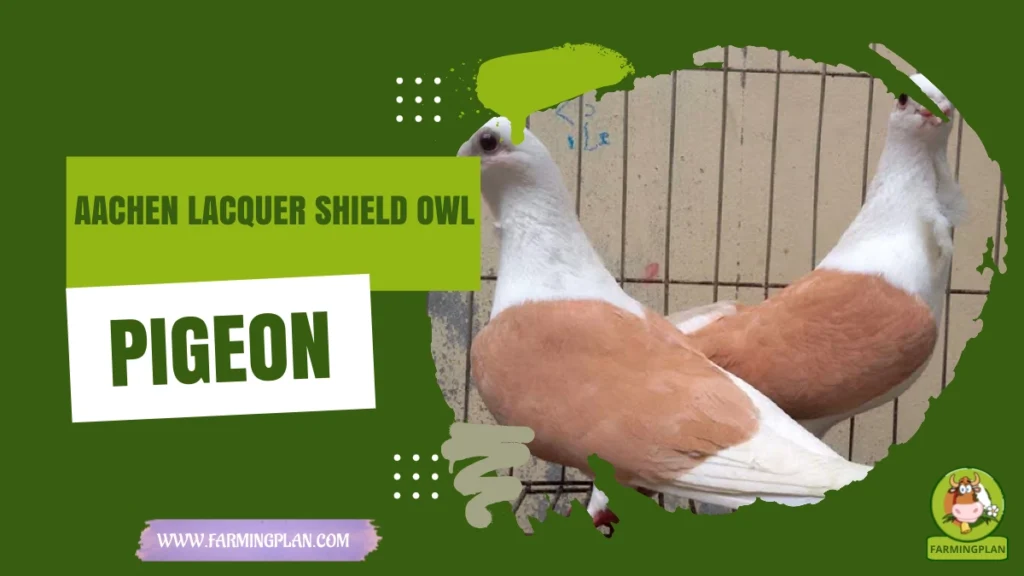If you’ve never seen an Akhal Teke horse up close, trust me—you’re missing out on something magical. With their shimmering metallic coats and proud posture, these beauties don’t just walk—they glide. I’ve worked with a variety of horse breeds, but nothing quite compares to the intelligence and elegance of the Akhal Teke horse. Known as the “Golden Horse,” this ancient breed isn’t just a pretty face—it’s an athlete, a legend, and one of the most loyal partners you could ask for. Whether you’re a curious pet lover, a serious breeder, or someone dreaming of owning a show-stopping companion, this guide will walk you through everything you need to know about this rare and radiant horse.

History & Origin: From the Ancient Turkoman to Today’s Sport Horse
The Akhal Teke horse has a history so rich, it feels like stepping into a legend. This horse traces its roots back over 3,000 years to the deserts of Turkmenistan, where it was bred by the Turkmen tribes for endurance and speed. They rode these horses bareback across burning sands—talk about trust! The Akhal Teke horse descends from the ancient Turkoman horse, a war mount that also gave rise to other top-notch breeds like the Arabian horse and even influenced the English Thoroughbred. These horses weren’t just prized locally—they were given as royal gifts to kings and emperors.
They’ve even appeared in the International Encyclopedia of Horse Breeds as one of the most influential foundation breeds for today’s modern sport horses. When Russia took control of Central Asia, the Akhal Teke horse was formally recognized and carefully bred. One shining star of the breed, the stallion Absent, made waves by winning medals in Prix de Dressage competitions and even performing at the Dressage at Devon.
Characteristics: A Metallic-Coated Wonder of Horse Breeding
One of the most striking features of the Akhal Teke horse is its coat. The ‘Golden Horse’ truly lives up to its name, with a special hair structure that reflects light, giving it a shimmering, metallic appearance. These horses look like they’ve been dipped in gold or silver, making them truly unforgettable. You’ll find a few stunning variations too—like the silver Akhal Teke horse, white Akhal Teke horse, and the deep bronze ones that almost glow under the sun.
Their body is sleek and athletic, with a narrow frame, long neck, fine skin, and expressive almond-shaped eyes. You can spot one from across the field. What makes them even more unique is their gait—it’s smooth and almost floating, like watching a ballet dancer on four legs. As a breeder, I’ve always admired how these horses are built for performance, but never lose their graceful beauty.
Read More: Bashkir Curly Horse: The Rare Beauty with Surprising Hypoallergenic Perks
Nature/Temperament: Bold, Loyal, and Highly Intelligent
Working with the Akhal Teke horse is like partnering with a highly sensitive athlete. These horses are extremely intelligent and form deep bonds with their handlers. But here’s the catch—they don’t give that trust easily. You’ve got to earn it. Once you’ve formed that bond, it’s for life. I’ve seen Akhal Teke horse stallions act with incredible gentleness around kids they know and trust. They’re loyal, focused, and love working with a rider they connect with.
But they can be standoffish with strangers—don’t take it personally. They’re best suited for confident, calm riders. If you’re patient and kind, they’ll read your cues like a book. If you’re rough or inconsistent, they’ll let you know they’re not impressed. That’s part of their charm, honestly.
Food & Diet: Fueling the Endurance Champion
Feeding an Akhal Teke isn’t too complicated, but it does require attention to quality. These horses have lean frames and fast metabolisms, so they need high-energy, easily digestible food—think oats, barley, and plenty of clean hay. I feed mine twice a day, usually starting with soaked beet pulp and grains in the morning, followed by a healthy amount of grass hay. Don’t skip the salt block—they sweat more than other breeds, especially in training.
One important thing: avoid sudden diet changes. Their stomachs are sensitive, and even a little moldy hay can cause big problems. Keep them on a regular schedule with fresh water always available. A well-fed Akhal Teke will reward you with dazzling energy and shine.
Read More: Przewalski’s Horse From Endangered To Unstoppable
Usage/Purpose: Not Just Pretty—They’re Performance Pros
It’s a common misconception that the Akhal Teke horse is all about looks and lacks performance. In reality, these horses are built for work. They have the heart and stamina for endurance racing, the elegance for dressage, and the fire for show jumping. They’re not just pretty-they’re performance pros. I’ve seen Akhal Teke horse breeders enter their horses into multi-day cross-country competitions and come out leading the pack.
Their lightweight frame and efficient gait make them perfect for long-distance riding. Plus, they have a natural flair in performance arenas—they know when all eyes are on them. They’re also used in cultural parades, where their coats shimmer under decorative saddles. While you won’t find them pulling carts or working farms like other breeds, they’re absolute stars in competitive and ceremonial roles.
Special Features: The Akhal Teke’s Rare & Radiant Perks
So what makes the Akhal Teke horse stand out in a pasture full of horses? Let me give you a few quick hits:
- That coat. Golden. Silver. Shiny. Unforgettable.
- No crossbreeding. These horses are pure, ancient, and fiercely protected by national pride.
- Endurance like no other. Seriously, they can run all day without tiring.
- Bonding power. Once they choose you, they’re yours for life.
- Smart and responsive. Ideal for precision riding, dressage, and learning new skills.
Treat Your Akhal Teke Like Royalty—Because That’s Exactly What They Are.
Health Issues & Prevention: How to Keep Them in Peak Form
Every horse breed has its challenges, and the Akhal Teke horse is no exception. They can be prone to joint stress, especially in their hocks and knees if worked too hard too early. They’re also known to have sensitive skin and digestive systems. I always recommend keeping them on soft but firm footing—no constant concrete or mud. A mix of sand and grass paddocks works best.
Their digestive health thrives with a consistent feeding schedule, free from mold or rapid diet shifts. Regular vet check-ups are key. I schedule mine quarterly and always watch for subtle changes in behavior, appetite, or movement. Prevention is everything with this breed. Healthy Akhal Teke horse can easily live into their 20s with good care.
Read More: Mangalarga Marchador Horse: The Magnificent Smooth-Gaited Companion
Step-by-Step Pet Owner Care Guide: Raising an Akhal Teke Horse
Learn how to raise an Akhal Teke horse the right way with this friendly, step-by-step care guide. From building a safe shelter to understanding their emotional needs, this hands-on guide helps pet owners and breeders care for these rare, golden-coated beauties with confidence. Whether you’re new or experienced, you’ll find practical tips to bond, feed, train, and keep your Akhal Teke horse happy and healthy.
Step 1: Set Up a Safe & Comfortable Shelter
The Akhal Teke horse is tough in spirit but sensitive in body. That’s why their shelter must be more than just a barn—it needs to feel like home. I always provide at least 2 acres per horse so they have space to move freely. These horses are naturally athletic, and trust me—they can clear a fence if they get spooked or bored. Use fencing that’s at least 5 feet high and built from smooth, durable materials (I avoid barbed wire entirely). For shelter, a three-sided run-in shed works great if you live in a moderate climate. It keeps out wind, sun, and rain while letting air circulate.
In colder areas, you may want an enclosed stall with good insulation and rubber flooring. I prefer wood shavings for bedding—they’re soft, clean easily, and absorb moisture better than straw. Cleanliness is everything. I clean stalls every day and scrub water troughs weekly. Fresh water is non-negotiable. Also, keep the barn quiet and stress-free—no sudden noises or overcrowding. These horses thrive on peace and routine. The more consistent your care, the more your Akhal Teke will feel secure—and that’s when they really begin to shine.
Step 2: Build a Daily Feeding Routine
Feeding an Akhal Teke is part science, part art. These horses have lean frames and fast metabolisms, so they need quality over quantity. I split their meals into two main feedings—once in the morning and once in the evening—and adjust based on weather, activity, and age. In the morning, I give a mix of soaked beet pulp, rolled oats, and grass hay. This combo offers energy without overloading their system. Some owners like to add chia seeds or flax for coat health—it works wonders, especially with their metallic sheen. In the evening, I stick to grass hay with a vitamin-mineral supplement. If they’ve had a heavy workout, I’ll add alfalfa or a mash for recovery.
Avoid sugary feeds or molasses-coated grains. These can mess with their digestion and mood. I always keep a salt block in the shelter and make sure they have fresh, clean water 24/7. Routine is crucial. Feed at the same times every day. These horses notice when things are off, and their stomachs can be sensitive. When they feel balanced inside, they perform and behave better outside. And don’t forget—treats are okay, but keep it healthy. A carrot here or there goes a long way without messing up their diet.
Step 3: Grooming for Shine & Bonding
Let’s talk about that famous Akhal Teke shine. Yes, their coat naturally reflects light, but grooming takes it to the next level. I set aside at least 15–20 minutes daily to groom my Tekes. It’s not just for looks—it’s how we build trust. I start with a soft-bristled body brush to remove dust and smooth the coat. For the legs and sensitive areas, I use a rubber curry comb in gentle circular motions. These horses have thin skin, so rough brushes are a no-go. Hoof care is a must—pick and check all four daily, especially during wet seasons when mud can cause infections.
Beyond the basics, I’ll often use a damp cloth to wipe around their eyes, nose, and mouth. A quick rub-down with a clean towel afterward brings out even more of that signature golden shine. But here’s the real secret: grooming is when your Akhal Teke learns to relax around you. They love calm, focused energy and will often rest their head on your shoulder if you’re doing it right. Make it a habit, and you’ll have a horse that not only looks good but trusts you on a whole new level.
Step 4: Training the Intelligent Teke
Akhal Tekes are smart—sometimes too smart. You’ll find they learn quickly, but they also get bored just as fast. I always begin with groundwork, like halter training, voice commands, and leading exercises. Keep sessions short (10–15 minutes) and finish on a positive note. These horses remember how each session ends. I don’t rush saddle training. I wait until they’re at least 3 years old, giving their bones and joints time to mature. When we do start, I use lightweight tack with soft padding. Trail walks and basic dressage moves come first. Akhal Tekes love having a job, but they hate confusion—your cues need to be clear and calm.
Consistency is everything. Use the same voice commands, posture, and equipment. And never, ever train in anger. They’ll pick up on it, and you’ll lose their trust. Instead, reward effort with soft words, scratches behind the ears, or a healthy treat. One of mine even learned to open a stall door just by watching me. These horses crave mental stimulation, so puzzles, obstacle courses, or even clicker training can keep them engaged. Train them with respect, and they’ll give you everything they’ve got—and more.
Step 5: Monitor Health & Mental Wellbeing
Caring for an Akhal Teke’s health means looking beyond just physical signs. These horses are emotionally sensitive, and any shift in mood can signal a deeper problem. I do a daily once-over: eyes, coat, hooves, appetite, and energy. If something’s off—even slightly—I dig deeper. Akhal Tekes are prone to joint strain, especially in their hocks and knees. Keep their work balanced—don’t overdo it on hard surfaces. Pasture rotation helps prevent hoof and skin issues. I also use fly masks and light blankets during high-insect seasons. They’ve got thin coats, and bug bites can really irritate them.
But mental health? That’s just as important. These horses don’t do well in chaotic environments. Loud noises, constant change, or inconsistent handlers stress them out. I always keep a regular schedule and make sure they get downtime in a quiet paddock. Companionship matters too. While they bond deeply with humans, they still benefit from having a gentle herd mate or at least being able to see other horses. A bored or lonely Akhal Teke can turn withdrawn or anxious fast. So pay attention—watch, listen, and feel. You’ll be amazed at how much these horses communicate when you really tune in.
FAQ
How much does an Akhal Teke horse cost?
Prices range from $10,000 to $100,000+, depending on pedigree, age, and training level.
Are Akhal Teke horses rare?
Yes. With fewer than 7,000 purebreds worldwide, they’re considered endangered and carefully bred.
Is the Akhal Teke good for beginners?
Not really. They’re sensitive and intelligent, better suited for experienced riders or dedicated learners.
Why does the Akhal Teke horse shine?
Their unique coat structure reflects light like a prism, giving them a metallic sheen—especially in gold or silver varieties.
Where can I buy an Akhal Teke horse?
Find them through certified Akhal Teke breeders, specialty sales, or global Akhal Teke horse sale listings online.
Conclusion
The Akhal Teke horse is more than just a stunning coat and pretty face. It’s an ancient soul with unmatched endurance, grace, and personality. Whether you’re dreaming of riding in a dressage ring, galloping down a trail, or simply bonding with a loyal companion, the Akhal Teke offers an experience like no other. But owning one means more than just admiration—it takes effort, trust, and love. If you’re ready for a golden challenge, this might just be your dream horse.


